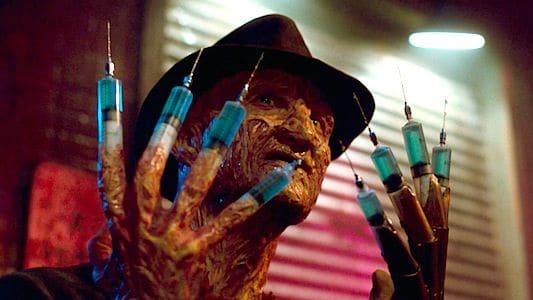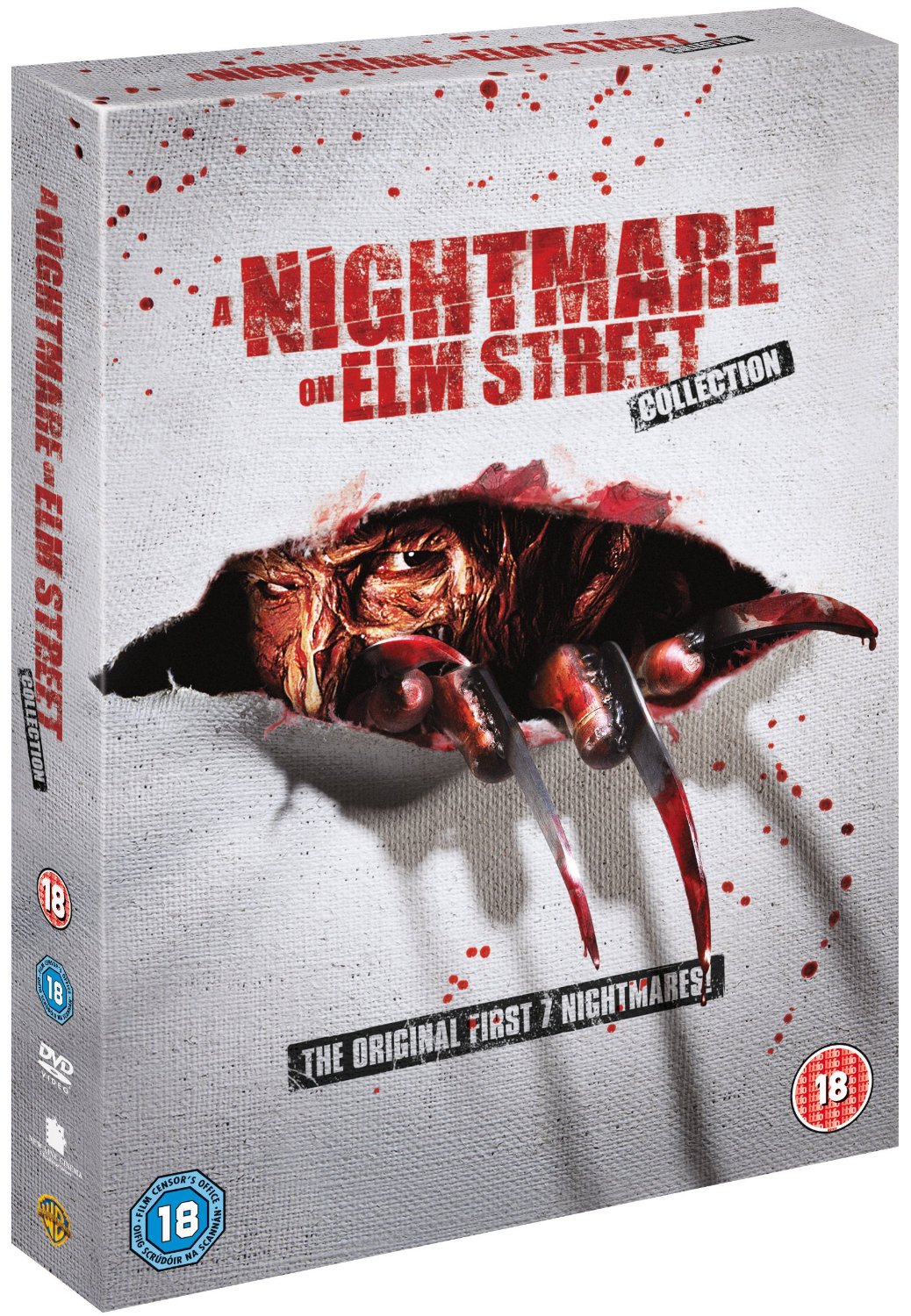Eye For Film >> Movies >> A Nightmare On Elm Street 3: Dream Warriors (1987) Film Review
A Nightmare On Elm Street 3: Dream Warriors
Reviewed by: James Gracey

Demonic child-killer Freddy Krueger once again returns to haunt the dreams of Elm Street teenagers, this time turning his murderous attention to the young residents of a psychiatric hospital…
Wes Craven, the man responsible for unleashing Freddy Krueger upon the world with his classic chiller A Nightmare On Elm Street, makes a welcome return to the series as a writer, in an attempt to rescue it from the mediocrity Freddy’s Revenge threatened to plunge it into. His script, co-written with Bruce Wagner (and later re-drafted by director Chuck Russell and Frank Darabont), revolves around the concept of ‘dream warriors’; a group of highly troubled but gifted teenagers, including Patricia Arquette in her first film role, who through the art of lucid dreaming are able to master certain powers in their dreams. Under the guidance of Nancy Thompson (Heather Langenkamp), now grown up and working as a counsellor specialising in sleep disorders, the teens eventually unite to fight Freddy Krueger (Robert Englund).

The various themes regarding mental illness, familial dysfunction and teenage suicide, are no doubt the result of Craven’s involvement. The notions of troubled teens and generational conflict established by Craven in his original film, return here to underpin the helplessness of the younger characters. The teens’ pleas for help and attempts to stay awake are ignored by parents and doctors, who believe the teenagers are experiencing mass hysteria, and attribute the mounting teen death toll to collective suicide. The youngsters’ claims of a horribly disfigured man with knives for fingers attacking them in their dreams are ignored and diagnosed as a by-product of guilt, psychological conflict and burgeoning sexuality. The only sympathetic adult characters are Nancy Thompson and her colleague Neil (Graig Wasson); their affinity with their teen patients is further highlighted when their older, more experienced colleagues see them as too radical and unconventional.
As mentioned, Dream Warriors set the tone for further instalments of the series with its plethora of fantastical and absurd death scenes (which were to be the series’ calling card), enhanced by groundbreaking special effects. The genuinely unsettling deaths in the original film are replaced by more outlandish scenes of violence, such as a young man having veins ripped out of his arms and legs and turned into a human marionette, a giant serpentine manifestation of Krueger who attempts to swallow a girl whole, a young woman having her head pulled through a TV set, and a battle with a Ray Harryhausen-esque Krueger-skeleton in a labyrinthine scrapyard. The various dreamscapes in which the action plays out in are masterfully constructed; all lividly lit and atmospheric spaces in which things are not as they initially seem. This is also the entry that cemented Freddy Krueger’s reputation as a wise-cracking, buffoonish caricature, spouting cringe-worthy puns while dispatching his victims.
That said, Dreams Warriors is not only one of the better entries in the series, it is also a thrilling fantasy-horror film in its own right.
Reviewed on: 06 Oct 2014
















